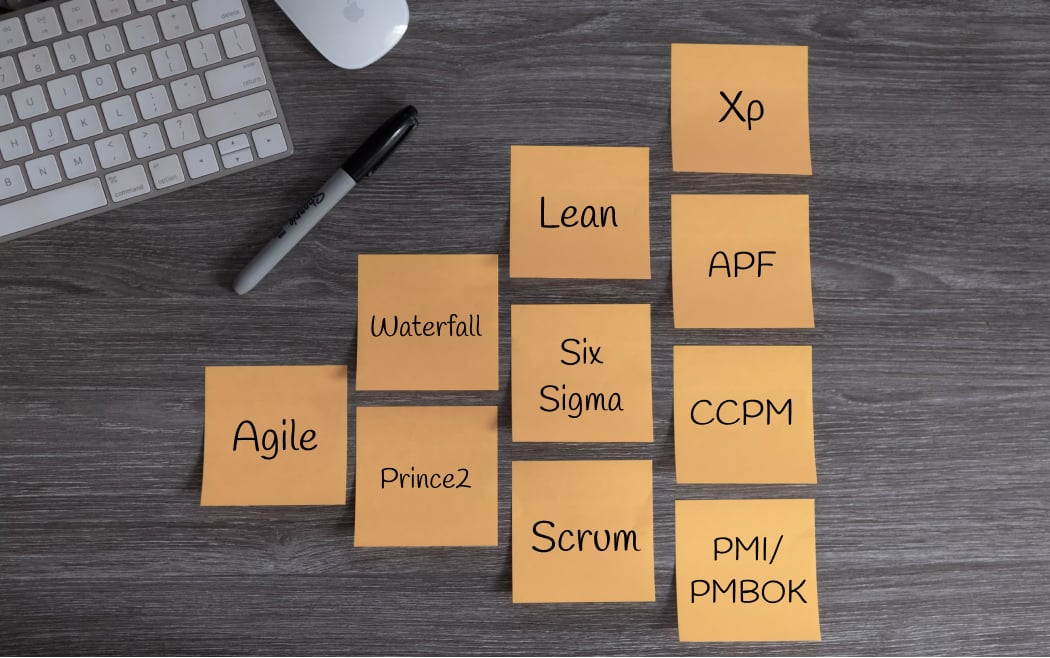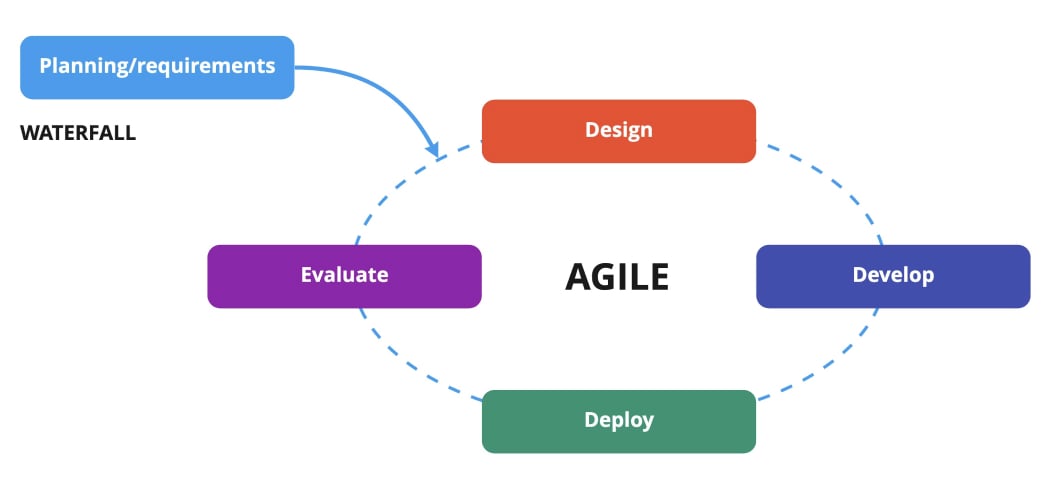What is a project management methodology?
A project management methodology is a set of principles and practices that guide you in organizing your projects to ensure their optimum performance.
Huh?
Basically, it’s a framework that helps you to manage your project in the best way possible.
Project management is so important to organizations and teams, but in order for it to be really effective, you need to make sure you’re correctly mapping your project management methodology to your team type, project, organization, and goals.
Why are there so many different project management methodologies?

No two projects are exactly the same (even when you’re using handy features like project templates to replicate your past successes).
And when you factor in the different goals, KPIs, and production methods of not only different types of teams but also different types of industries, it makes sense that there’s no one-size-fits-all approach to managing a project.
What works best for one type of team could be an absolute nightmare for another.
This coins the idea to have a Hybrid approach in order to have a dynamic methodological approach to handle different types of situations.
What Is “Hybrid Project Management”?

“Hybrid project management” refers to methods that combine planning strategies from the traditional PM environment with the agile methodology’s flexible approach.
How will Hybrid Approach work?
This brings the idea of mixing 2 methodologies (or maybe more) to form an alliance of approaches. Important to note is that this alliance will always have Agile in common as Agile cannot be separated from modern platform management.
Let’s narrow down our focus to one single alliance having “Agile Methodology” and “Waterfall” combined. For the sake of discussion, let’s call this alliance as “Liquid Agile”
Need to build an enterprise grade product?
We replace old enterprise implementations with the latest technology, custom built for better scale, security, usability and value.
Liquid Agile
One of the most common constraint with the traditional planning approach is that there is no room for change or as we call it “Flexibility”. This was a huge gap in the digital industry that needs catering and then comes models like Spiral Model and Agile Methodology, out of which Agile was adapted more vastly.
However, Agile was widely accepted for many years but as the complexities of the product grew, there were some “Flexibilities” needed.
Many organizations moved to a more hybrid approach combining multiple methodologies. We, at our company Cygnis Media have followed a rather blended methodology, where we have devised a method under which we do the following:
Always Start with Waterfall:
If a scope is not defined, things will always go sideways. When there are no ambiguous requirements (no confusion), It is good to use this model when the technology is well understood.
What are the Requirements? In Waterfall, the first phase involves understanding what needs to be designed and what is its function, purpose, etc. Here, the specifications of the input and output or the final product are studied and marked. These all formulate a Requirements document called “Software Requirement Specification (SRS)”
Follow Agile till 70% of the project timeline is utilized:
There is a popular trend in the industry that:
This is not always the case but still, this handles many situations. The art of handling situations with Agile with the least consequences is basically is Project Management.
 Web Applications
Build web apps using cutting-edge technology
Web Applications
Build web apps using cutting-edge technology
 Business Intelligence Apps
Empower your business with fast & actionable BI Apps
Business Intelligence Apps
Empower your business with fast & actionable BI Apps
 Mobile Applications
Build cross-platform apps for iOS and Android devices
Mobile Applications
Build cross-platform apps for iOS and Android devices
 Internet of Things Apps
Streamline your operations with cloud-based IoT apps
Internet of Things Apps
Streamline your operations with cloud-based IoT apps
 AI Products
Unlock the power of AI & ML with our expertise
AI Products
Unlock the power of AI & ML with our expertise
 Minimum Viable Product (MVP)
Mitigate risks & accelerate your project development
Minimum Viable Product (MVP)
Mitigate risks & accelerate your project development
 Enterprise Software
Build custom enterprise solutions for your business
Enterprise Software
Build custom enterprise solutions for your business
 Software as a Service (SaaS)
Scale your business with ease and cost-efficiency
Software as a Service (SaaS)
Scale your business with ease and cost-efficiency






